Ever thought about Munchkin Cats being the right pick for those with allergies? They’re known for their short legs and charm. But, are these “Sausage Cats” really better for people with allergies?
Munchkin Cats are smart and look unique because of a genetic change. They do shed less, which could be good news for those with pet allergies. However, they are not completely hypoallergenic. They have the Fel d1 protein, a common allergen, in their saliva, skin, and urine. But, keeping them clean and using the right shampoo can help reduce allergens at home.
Key Takeaways:
- Munchkin Cats, also known as “Sausage Cats,” have short legs due to a natural genetic mutation.
- Despite shedding less than some other breeds, they are not hypoallergenic.
- The presence of Fel d1 protein in their saliva, skin, and urine makes them a common source of allergens.
- Regular grooming and proper shampoo use can help manage allergen levels in your home.
- Munchkin Cats’ unique traits often counterbalance their allergenic properties for many pet enthusiasts.
Understanding Cat Allergies: How They Affect You
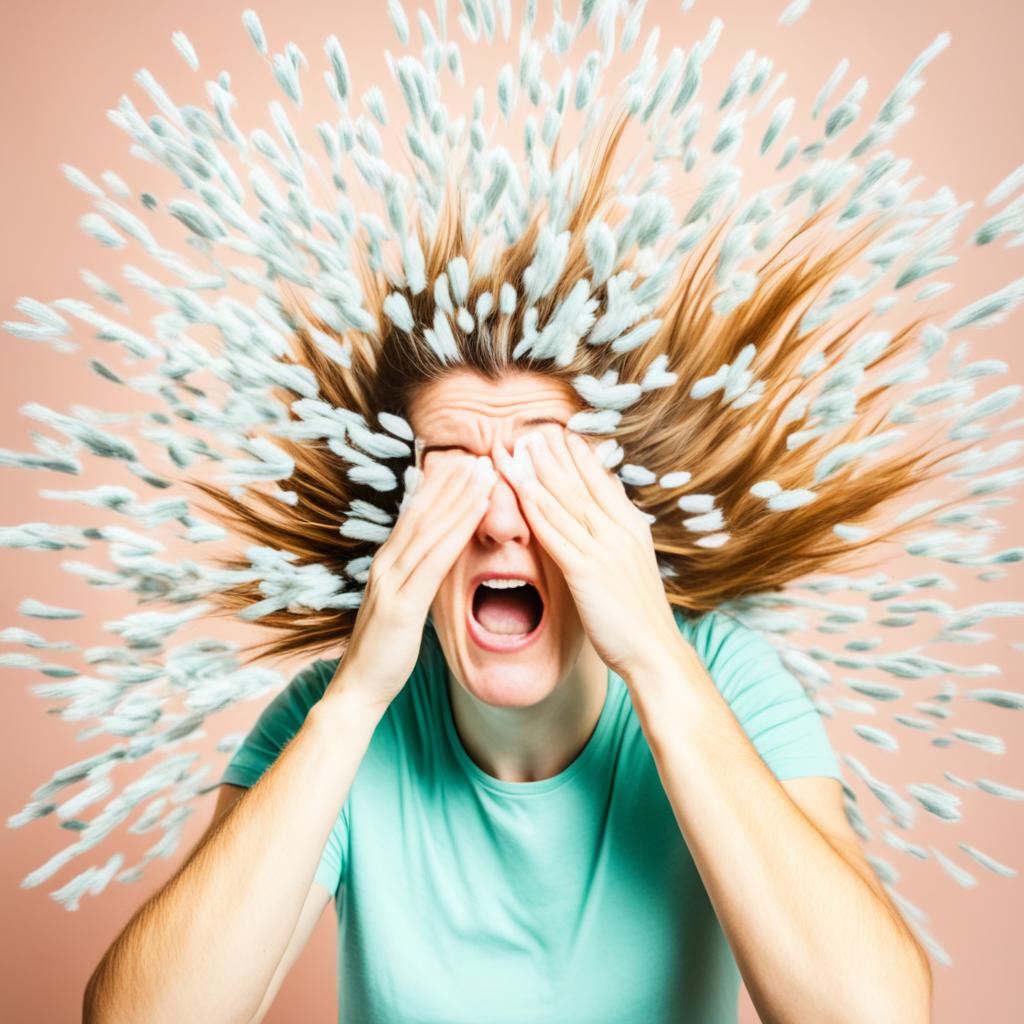
Many pet lovers face cat allergies. These can make life hard. But, knowing what causes them helps in managing.
What Causes Cat Allergies?
Specific allergy-causing proteins in cats are to blame. A well-known one is the Fel d1 protein. Things like cat dander and saliva can carry this protein, leading to allergic reactions when it touches your skin.
Specific Allergens in Cats
Allergens in cat dander, saliva, and urine cause the trouble. These include the notorious Fel d1 protein. It lingers on surfaces, mixes with dust, and keeps triggering symptoms in allergic people. This makes living with a cat tough for some.
Common Symptoms of Cat Allergies
Symptoms vary but might include sneezing, itchy eyes, and a runny nose. Severe reactions can lead to trouble breathing. Even breeds like Munchkins can stir up reactions because Fel d1 is in their saliva and dander.
Are Munchkin Cats Hypoallergenic?
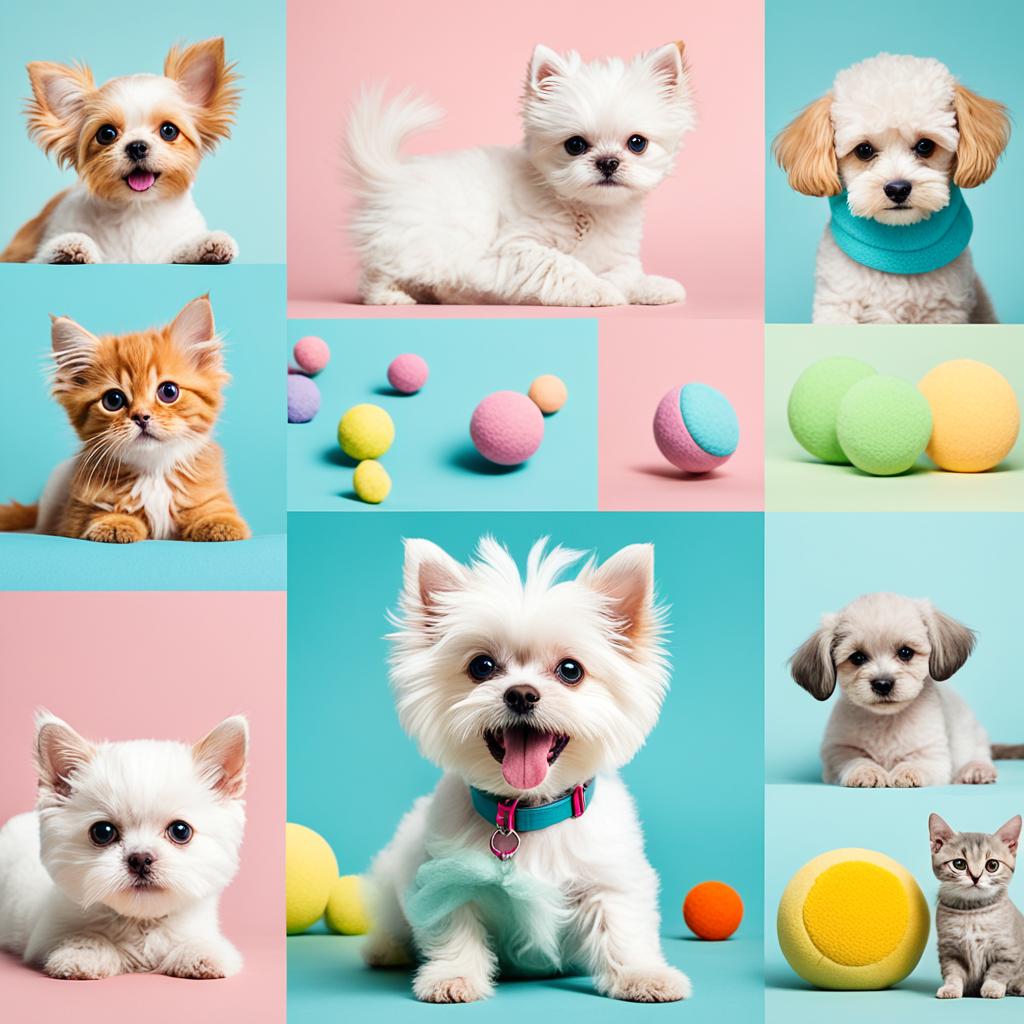
If you keep sneezing around Munchkin cats, it’s time for the truth: no cat breed is fully hypoallergenic. Some cats, including Munchkin ones, might cause fewer allergy problems. But, they’re not the best choice if you’re looking for a cat that won’t affect your allergies much.
Protein Fel d1 and Its Role
Protein Fel d1 is the key player in causing allergic reactions. It comes from a cat’s saliva, skin, and urine. Sadly, Munchkin cats are not low in this protein. So, they could make your allergies worse.
Shed Frequency of Munchkin Cats
Munchkin cats shed a moderate amount of hair. They also have times when they shed more, especially in warmer months. This means more Protein Fel d1 in your living space, making your allergy risks higher.
| Factor | Munchkin Cats | Hypoallergenic Breeds |
|---|---|---|
| Protein Fel d1 Production | Moderate to High | Low |
| Shed Frequency | Moderate | Low |
| Seasonal Shedding | Yes | No/Minimal |
Even though Munchkin cats are cute and fun, they are not great for people with allergies. Their shedding and allergen levels are too high. For less allergy trouble, it’s better to look for other pets that are more hypoallergenic.
Why Munchkin Cats Are Prone to Trigger Allergies

Munchkin cats are cute with their short legs and love to play. But, they might not be a good pick for people allergic to cats. It’s important to know where these allergies come from to handle them well.
Munchkin Cat Dander
Munchkin cats shed dander when they clean themselves. This dander can float in the air and cause allergies. People may get itchy or have more severe reactions if they breathe in this dander.
Saliva and Allergy Risks
The saliva of Munchkin cats is a big part of what makes people allergic. When they lick themselves, their fur gets this saliva. And as they shed, these allergens spread around the house. This means you have to clean a lot to keep allergies under control.
Munchkin Cat Shedding Patterns
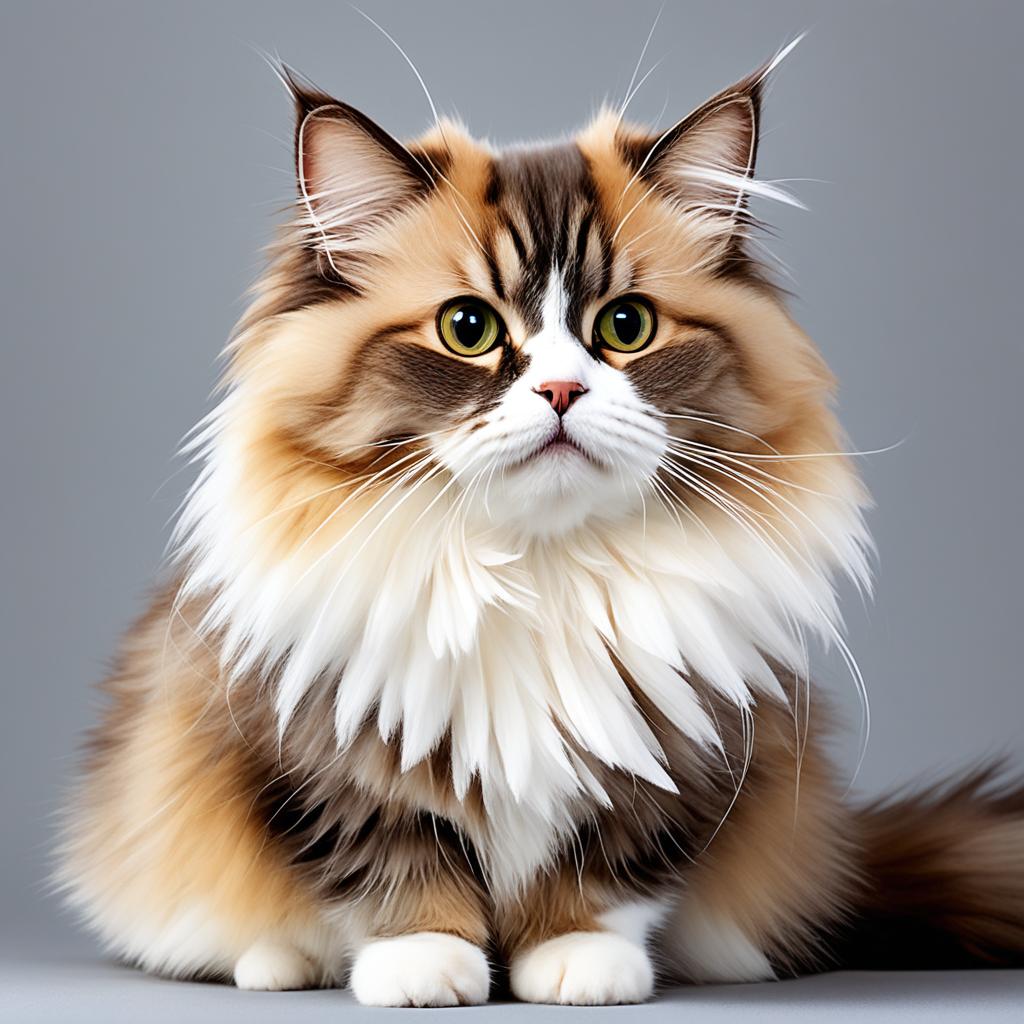
Knowing how your Munchkin cat sheds can make your home better. Their shedding changes based on coat length and the environment. Some sheds more in hot weather, others shed a lot less in winter.
Seasonal Shedding Phases
In warmer months, Munchkin cats lose their thick winter coat. This prepares them for the heat. So, shedding increases then. But in the cold, they might not shed so much. Temperature and stress play a part in their shedding behavior.
Differences Between Short-Haired and Long-Haired Munchkins
There is a difference in shedding between Short-haired and Long-haired Munchkins. Long-haired Munchkins leave more fur on furniture and clothes. Both types need regular grooming to control shedding. Setting a grooming schedule can help a lot.
| Coat Type | Shedding Visibility | Grooming Needs |
|---|---|---|
| Short-haired Munchkin cats | Less visible fur | Moderate upkeep |
| Long-haired Munchkin cats | More visible fur | Higher upkeep |
Tips for Managing Allergies Around Munchkin Cats
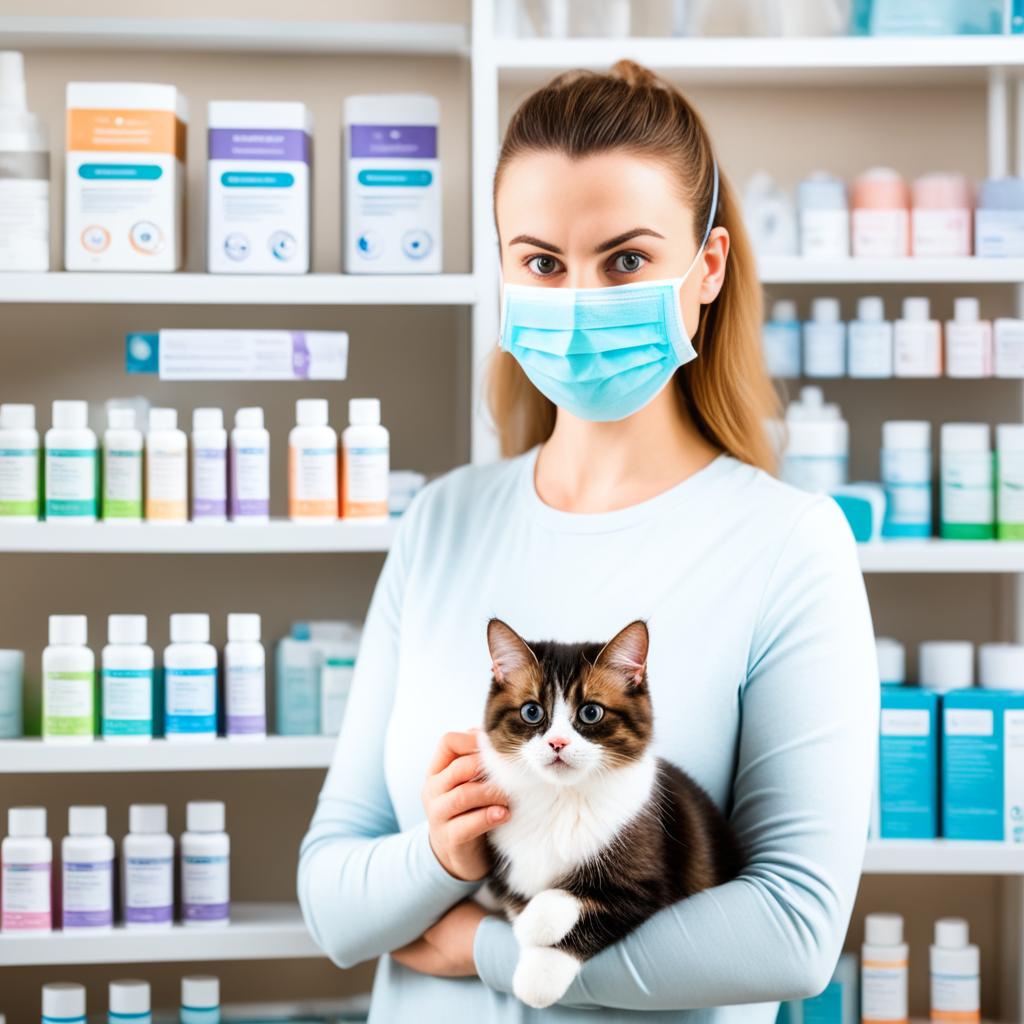
Living with Munchkin cats when you have allergies may sound hard. But, with a few changes to your daily life, it’s very doable. Use special allergy reduction techniques to make it work. Then, you can enjoy time with your furry friend without sneezing all the time.
Regular Cleaning Routines
Keeping your place clean is key for fighting allergies. Use a vacuum cleaner with a HEPA filter often. It will pick up dust and pet dander, lowering allergens in your home. Also, remember to wash your cat’s stuff and bedding often to cut down on allergens.
Using HEPA Filters
HEPA filters in air purifiers can clean up your home’s air. They catch nearly all small particles, like pet dander. Put them where your cat hangs out most. It’s also good to have a strong filter in your home’s heating and air system.
Reducing Allergen Exposure
Managing allergies also means avoiding allergens directly. Keep your cat out of your bedroom and personal places. Use washable covers on furniture. Doing this and regular cat grooming will lower allergen levels. These small steps can help you and your Munchkin cat live more easily together.
The Personality and Temperament of Munchkin Cats
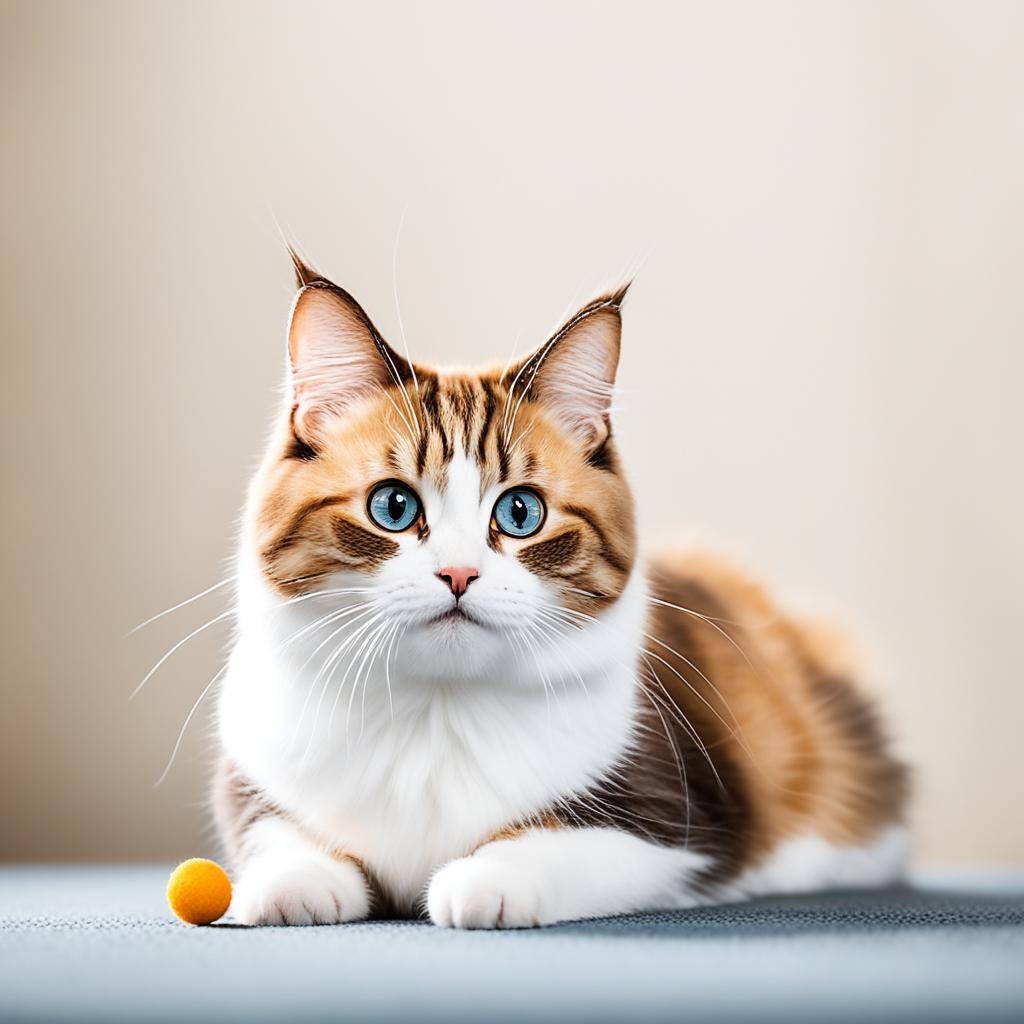
Munchkin cats are known for being deeply playful and loving. They are different because of their short legs. But it’s not just that, they have colorful personalities too.
High Intelligence and Playfulness
These cats stand out for their smarts and love for fun. They act like kittens even when they’re all grown up. This energy will keep you busy.
They enjoy toys that challenge their minds. Being smart, they also learn tricks easily.
Affectionate Nature
Munchkin cats are great at winning hearts. They love spending time with everyone – family, friends, or even other pets.
They’re always up for cuddles. This makes them a wonderful friend to have around.
| Characteristic | Description |
|---|---|
| Munchkin cat personality | Playful, Sociable, Intelligent |
| Munchkin cat temperament | Affectionate, Energetic, Adaptable |
| Munchkin cat care | Interactive play, Social engagement, Mental stimulation |
The History and Origin of the Munchkin Cat Breed
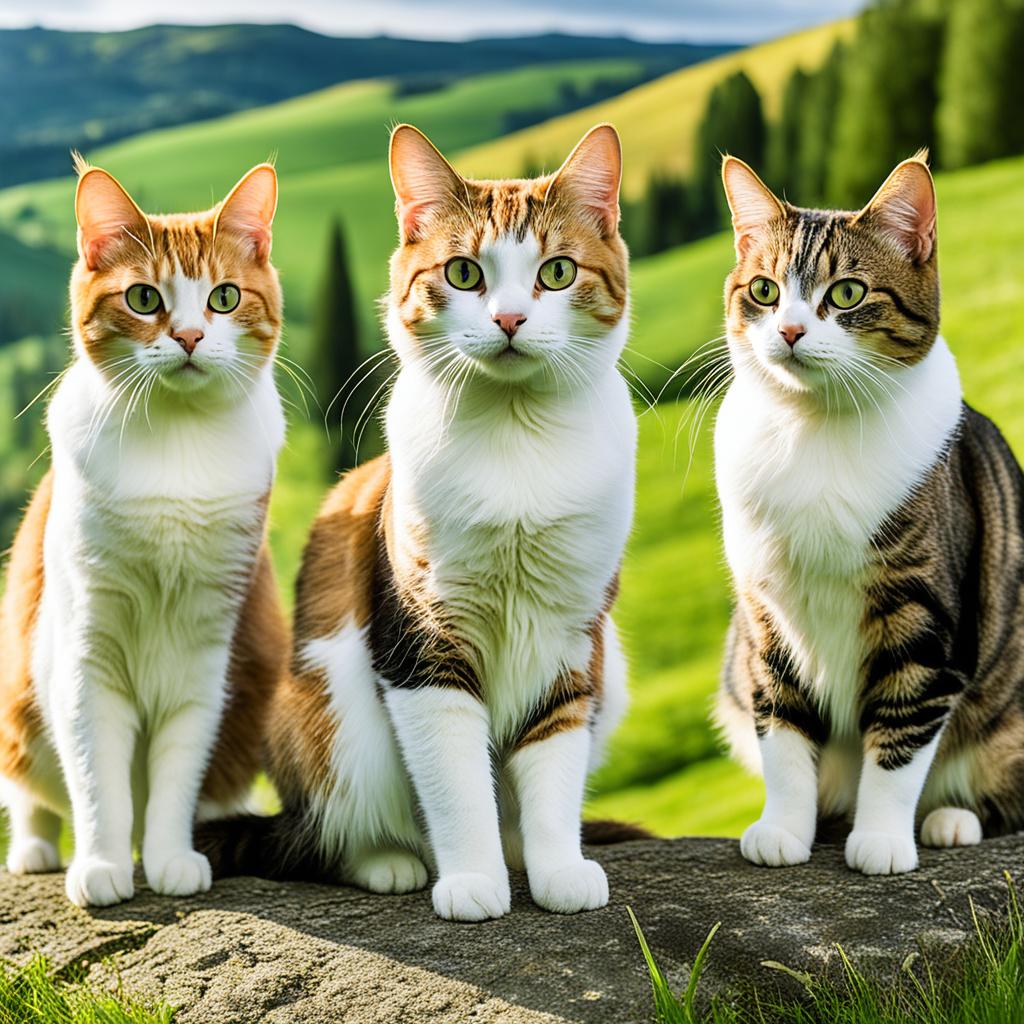
The story of the Munchkin cat breed is both interesting and full of quirks. These cats look unique because of a rare genetic trait. This trait gives them short legs, making them incredibly cute.
The Genetic Mutation of Short Legs
Seeing a Munchkin cat walk is like seeing a tiny ballet. Their own special genetic mutation has led to these short legs. But, this doesn’t stop them from being as active and happy as any other cat. It’s what makes them stand out among other dwarf cat breeds.
Early Reports and Breeding Efforts
Stories of short-legged cats go way back. But, the Munchkin breed started to grow in the 1980s. It all began in Louisiana where breeders started working to make these cats more popular. However, there were worries about their health in cat organizations. Despite these worries, people couldn’t help but love their charm and spirit.
| Aspect | Details |
|---|---|
| Origin | 1980s Louisiana |
| Key Traits | Short legs, playful nature |
| Common Concerns | Health and wellbeing issues |
Health Considerations for Munchkin Cats
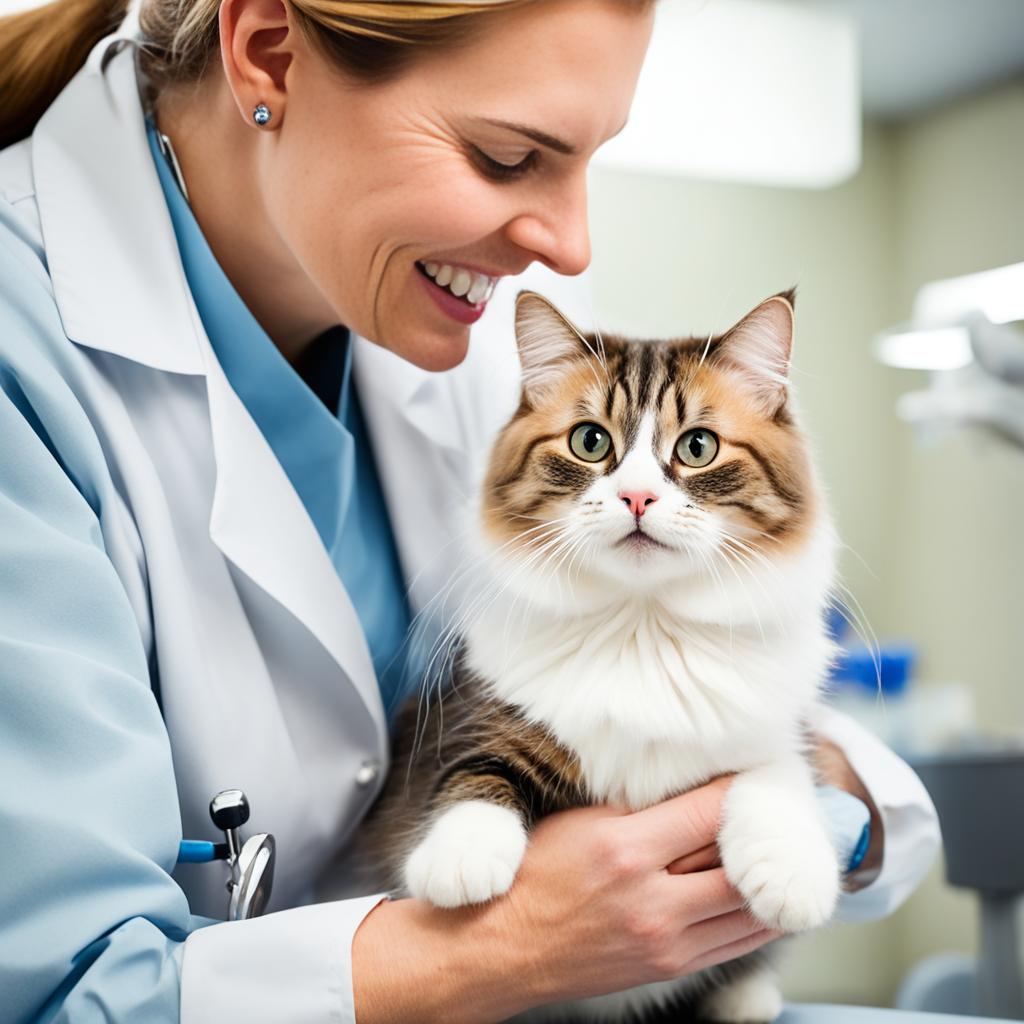
Munchkin cats have short legs that make them unique. This feature brings special health considerations. Owners need to be alert to keep their cats healthy and happy.
Potential Health Issues
Even though they are usually healthy, Munchkin cats can face some health problems. Their short legs can cause spinal issues and arthritis. Munchkin cat health issues like these need early detection and careful management. So, make sure to visit the vet regularly.
General Care and Maintenance
To keep Munchkin cats healthy, they should eat well and get enough exercise. It’s important to watch what they eat and make sure they play a lot. This helps prevent obesity, which can make health problems worse. Regular visits to the vet are a must.
| Health Consideration | Importance | Maintenance Tips |
|---|---|---|
| Spinal Problems | High | Regular vet check-ups, appropriate exercise |
| Osteoarthritis | Moderate | Weight management, joint supplements |
| Dietary Needs | High | Balanced nutrition, portion control |
| Obesity Prevention | High | Regular exercise, playful activities |
Comparing Munchkin Cats to Other Low-Allergen Breeds
Explore how Munchkin cats compare to other breeds for allergy concerns. Munchkins are famous for their short legs and fun personalities. But, they’re not hypoallergenic. So, they might not be for you if cat allergies are a big issue. Yet, there are breeds known for triggering fewer allergies. You might find a perfect match among them.
Breeds That Produce Less Fel d1
If you want to reduce allergens, think about cats like the Siberian and Balinese. These breeds tend to have lower Fel d1 levels. Meaning, they’re better for those with allergies. The Siberian has a beautiful, hypoallergenic coat. And the Balinese is known for being allergy-friendly too. So, there are options for those who wish to avoid allergens.
Choosing the Right Cat for Allergy Sufferers
Picking the right cat when you’re allergic is crucial. Very often, Munchkin cats are loved for their unique looks and fun spirits. But, if you’re looking to avoid allergic reactions, other breeds may be a better choice. The key is finding a cat that fits your lifestyle and health requirements. This way, you can have a cat that’s not only adorable but also safe for you.




